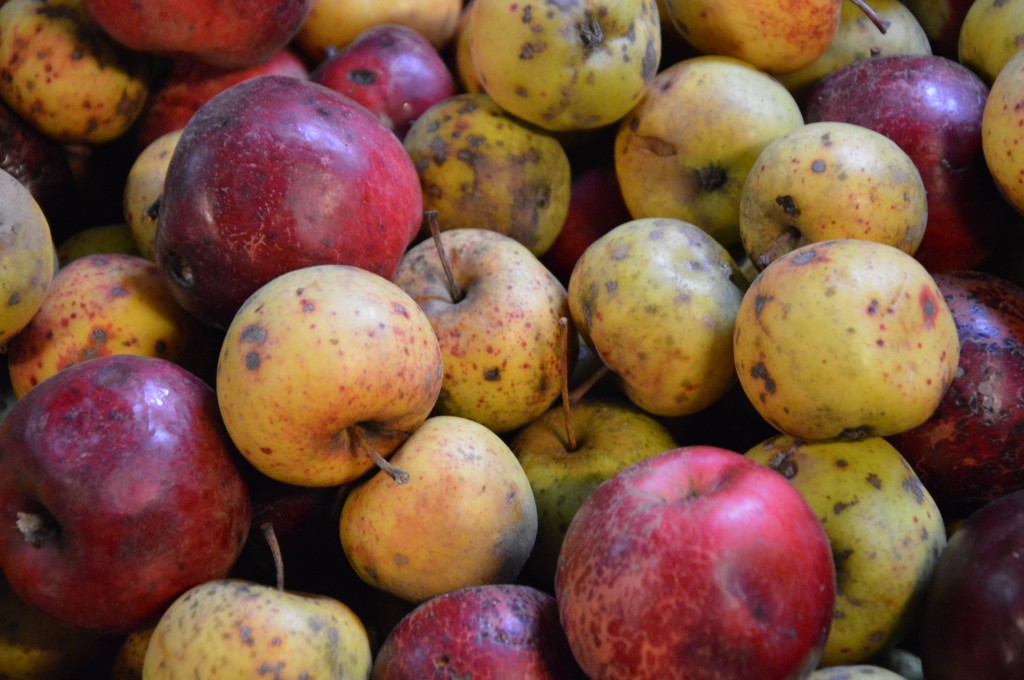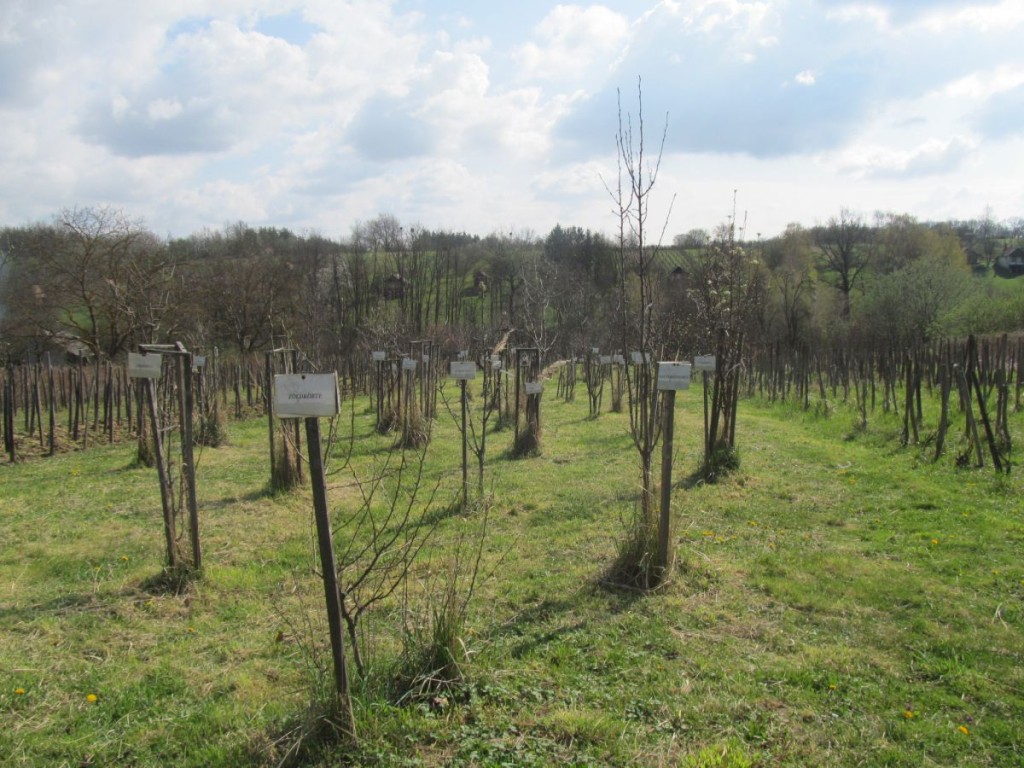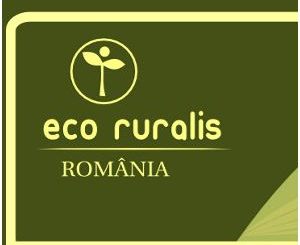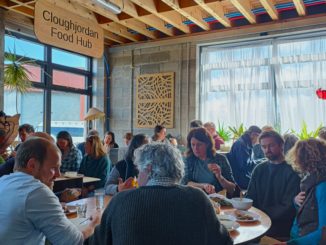Traditional orchards across the Carpathian Basin are becoming Fairy Gardens of biodiversity and local culture, thanks to an innovative project and an 87 year old local hero called Szavai Marton. By Stella Beghini, Eco Ruralis Agrobiodiversity Campaign Intern.

Traditional apples, plums and many other fruit species cultivated in the diverse European environments face one common challenge: they risk disappearance by the end of the century, as studies from England have shown. Rare varieties may vanish along with the precious system of local knowledge and biodiversity that these traditional orchards have nourished over centuries. Why do we need to save them? How do community projects can make a huge difference?
As elsewhere in Europe, traditional orchards in the Carpathian Basin are considered high dynamic agroforestry systems where the work of selection carried out by peasants has developed genetic richness adapted to the natural and human local needs of a mountainous ecosystem.
However, in the last century, this process has encountered many challenges that contributed to the erosion of the traditional way of cultivating fruits: orchards have been more and more neglected. The promotion of modern agriculture contributed to the disappearing of traditional varieties due to its focus on few varieties whose high productivity depends on the substantial use of chemicals. These factors, compared to the low external input and labour that traditional orchards require, has crucial environmental impacts on the surrounding wildlife and the biodiversity.
But there is also good news. This year, a little village in the valleys of South Tirol, where the production of apples is the primary economical activity, showed how the trend can be reversed, banning pesticides from the municipality. Let’s see what is going on in Central Europe.
As traditional varieties disappear, concurrently, local knowledge faces extinction. This is particularly true in the delicate mountain environment of the Carpathians. 2014 has been an important year for Transylvania thanks to the adoption of the “Fairy Garden” project, promoted by the Hungarian Government and initiated in Romania by Civitas Foundation. They have created a network of gardens with traditional varieties across Transylvania and a model that can be extended in all Europe.

It all started when Gyula Kovacs, a Hungarian forest expert, begun to travel around the Carpathian Basin in the 1980s and soon realised that the rural culture and livelihood was being eroded in parallel with traditional orchard varieties. By collecting and planting ancient fruit tree varieties he slowly started to develop the idea of the actual “Fairy Garden” project. Participatory conservation is now being put in place in local gardens and schools, restoring the strength in local varieties and bringing communities and young people together in this in-situ conservation experiment that have also a rich social meaning.
The richness of these gardens lies not only in the high diverse varieties but also in being a place of exchange of knowledge of the use and maintenance of indigenous fruit trees varieties. Nowadays there are more than 60 fairy gardens in Hungary and Romania.
The Association “Fruits of Tradition” (Székelygyümölcs Egyesület), which Civitas Foundation helped to found, is also working in the same direction of re-appropriation and revitalisation of traditional orchards. A new processing plant is used by the local members in order to transform fruits, mostly apples and plums, into jams, syrups and other products to be sold in the market and festivals around the region of Harghita, in the heart of the Carpathian mountains.

Szavai Marton (photo) can be considered a true pioneer in the conservation of biodiversity on its socio-natural environment and he embodies the passion of keeping traditional fruit tree varieties alive. Eco Ruralis met him in his tiny village in the mountains. 87 years do not impede him to cultivate more than 50 varieties in his garden and recreate a local “gene bank” of Carpathian varieties over the decades. His skills are well-known in the region and he constantly provides little fruit trees and workshops on traditional grafting practices. In fact, this can be an example of how creating an “orchard network” helps communities to restore traditional knowledge and to exchange practices linked to the care and the preservation of fruit trees and to adapt them to challenging conditions.
Across Europe there are several initiatives that are bringing back the use of traditional orchards and spreading a sustainable agriculture linking young farmers working on ancient orchards, urban communities and the restoration of these precious environments. These valued networks are a step forward for a more local and strong food sovereignty and they represent a positive paradigm that should be adopted in other areas.
The Romanian National Plan for Rural Development, in place for the next six years, shows interest in the apple production and fosters a stronger investment in infrastructures and marketing strategies. Are these policies going to give consistent support for the conservation of traditional orchards or are they going to impact these fragile systems? We are going to see the consequences in the next future.




